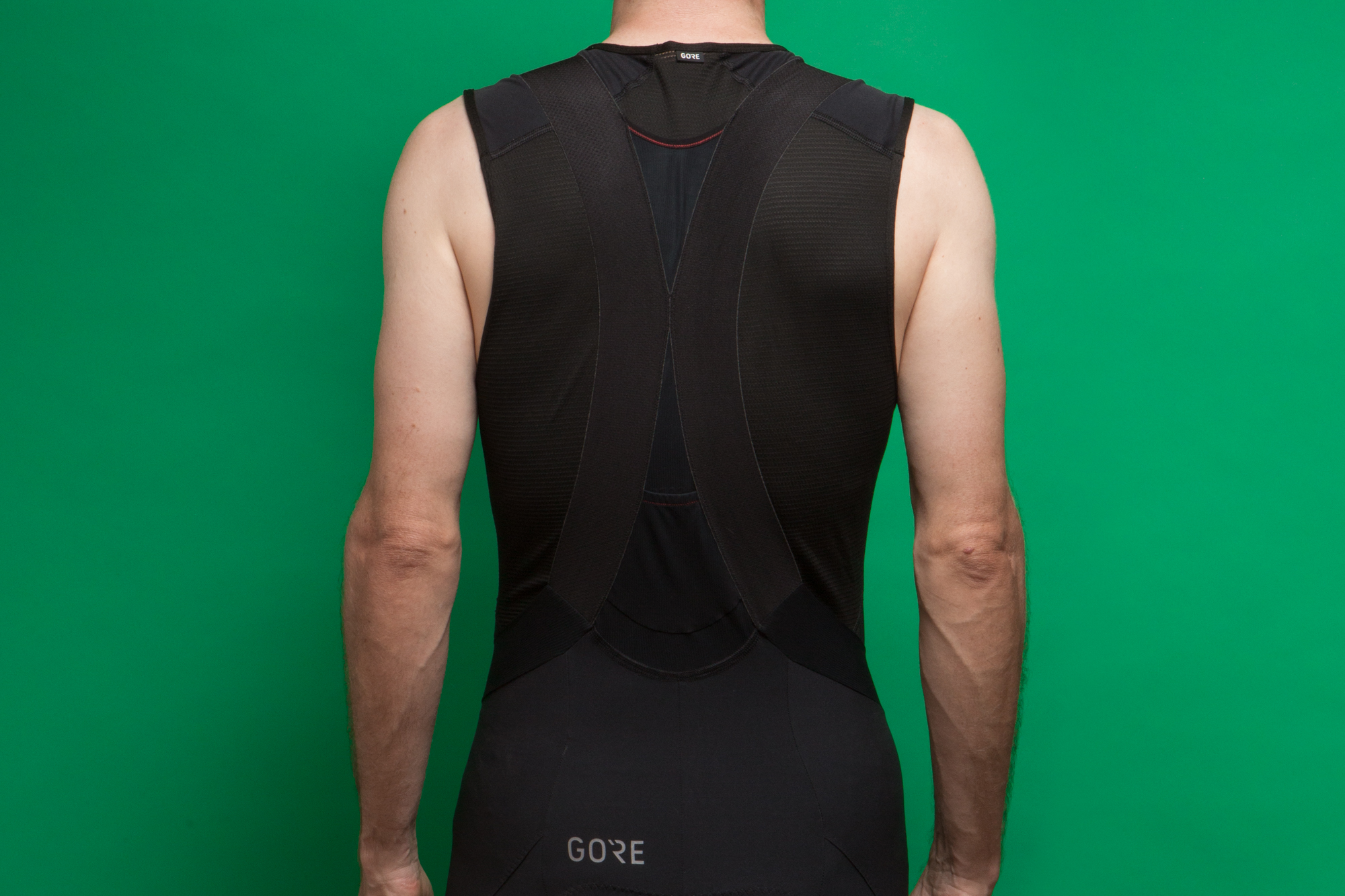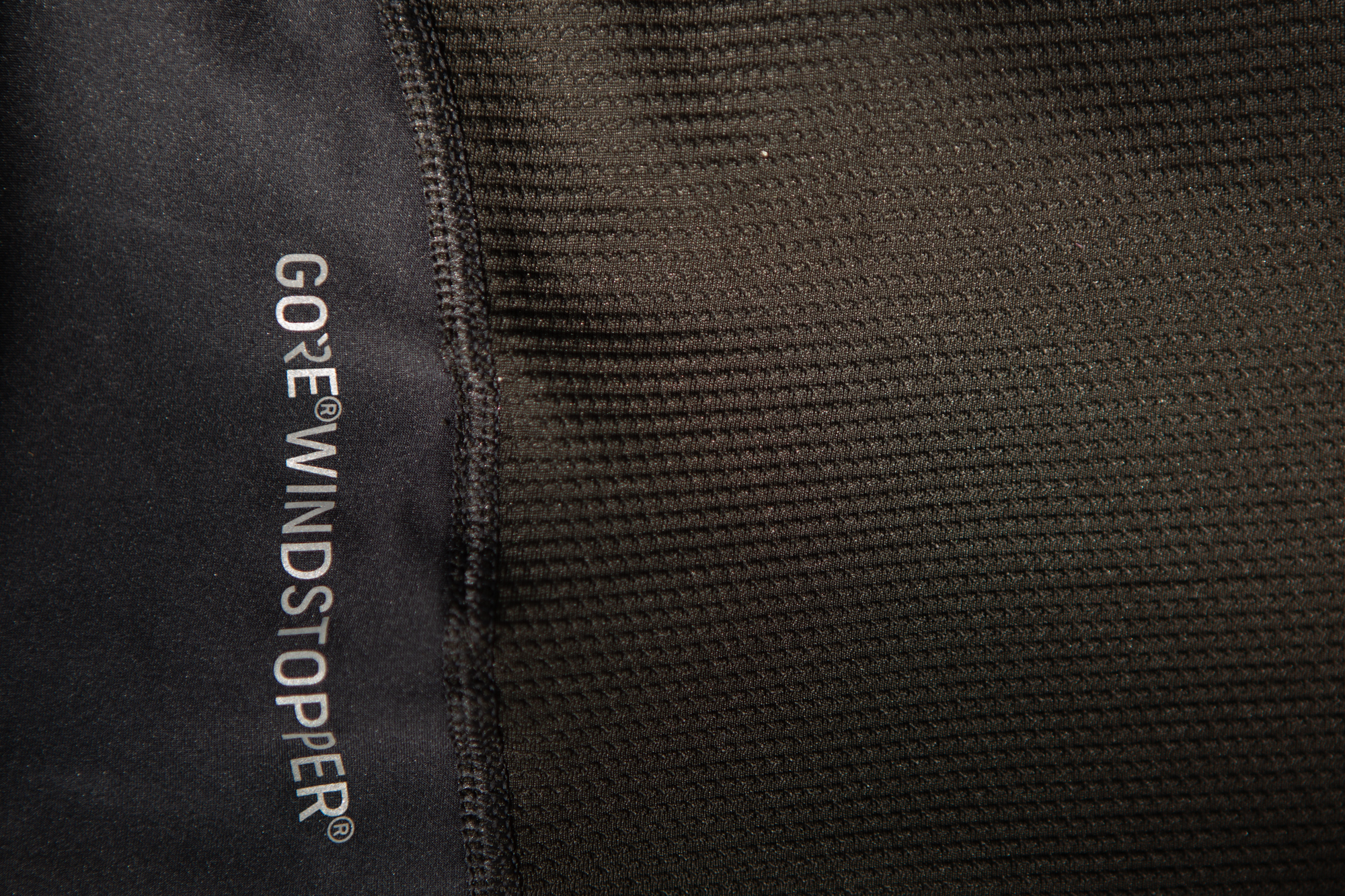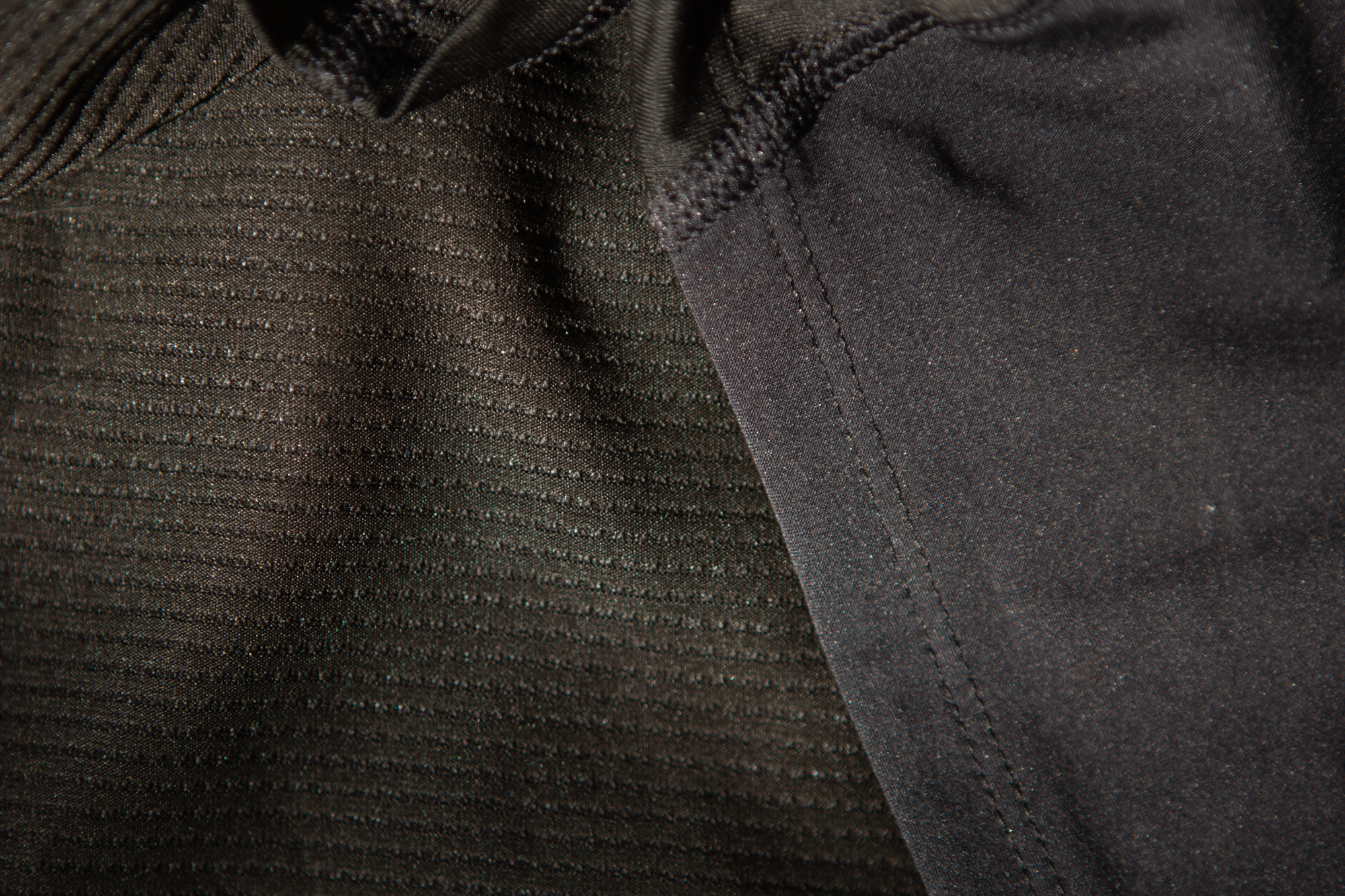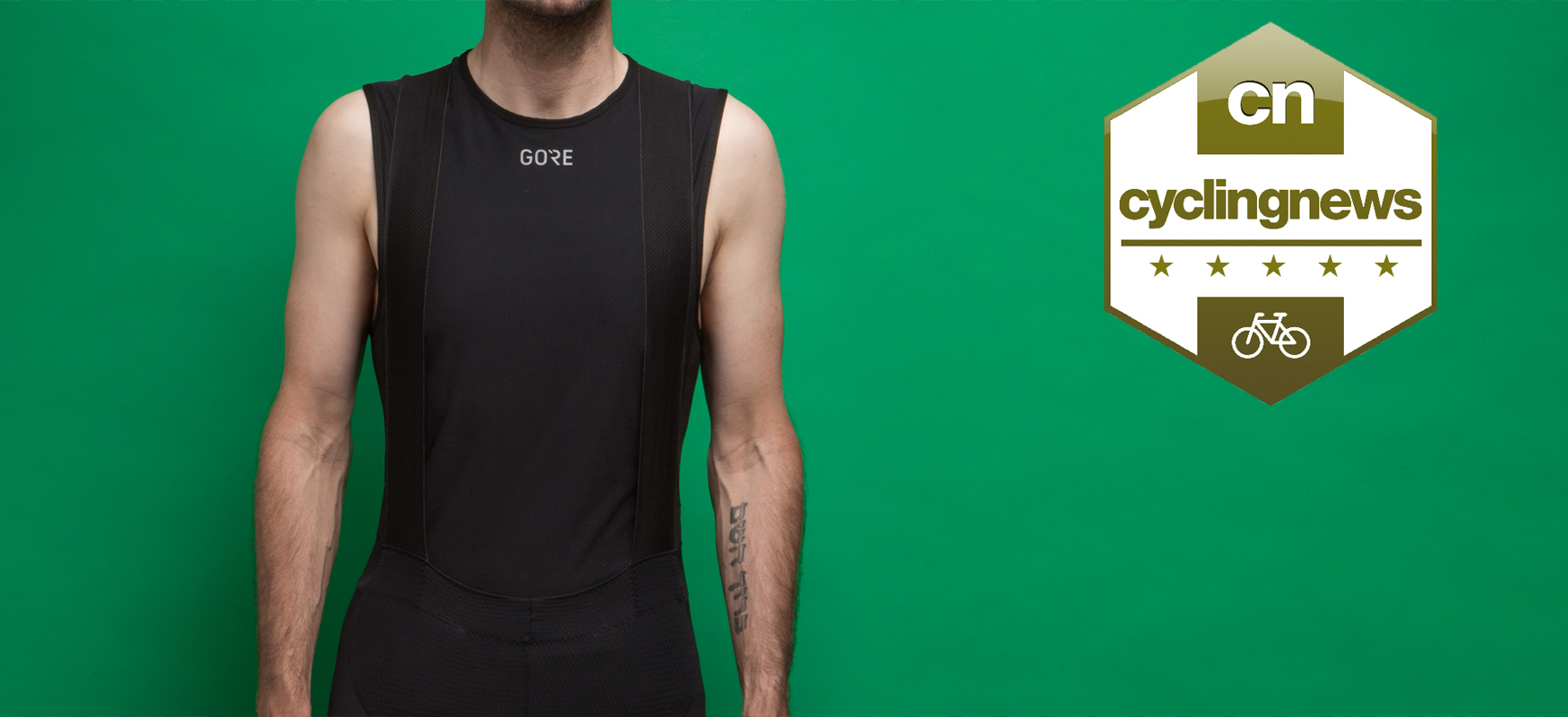Cyclingnews Verdict
The Gore Windstopper base layer adds versatility to the clothes you already own. Layer it under a short sleeve jersey to block that little bit of wind chill, or add it to a long sleeve jersey for cold days. It's comfortable and it works. There's no downside to having it on hand when the weather calls for it
Pros
- +
Comfortable against the skin
- +
Vented where it makes sense
- +
Short sleeve or sleeveless options
Cons
- -
Expensive
You can trust Cyclingnews
There's a period of time in the shoulder seasons of the fall and spring when choosing the right clothes for a ride gets really difficult. The question is always what's the best way to make that happen? When it's warm in the sun, but there's that little bit of chill in the air, what makes the most sense?
Base layers are the foundation of every clothing system for riding so it's natural that the answer might come in this particular form. The Gore Windstopper base layer is all about adding options and versatility to the clothing you already have. There's a surprising amount of uses for it, and that's why it's one of our picks for the best cycling base layers. Keep reading to see why we think it deserves the spot and how it might work for you.

Design and aesthetics
The Gore Windstopper base layer is essentially exactly the same as Gore's regular base layer: every stitch, every seam, and every fabric used is the same, aside from the Windstopper layer.
What that means is you've got a fabric makeup with no natural fibres. The bulk of the fabric, 88 per cent, is what's commonly referred to as polypro. It's a synthetic material that's soft against the skin and exceptionally resistant to staining. Added to that is eight per cent elastane, commonly called Spandex or Lycra, for plenty of stretch. The last little bit is four per cent nylon, which works as a synthetic replacement for silk and helps make the material softer against the skin.
The assembled thread is then knit into a fabric with a series of high and low areas. The idea here is to increase surface area and wicking. It also helps keep air against the skin for increased drying and temperature regulation.
To create the garment you see here there's a total of three panels used in the sleeveless version. Minimal panels mean minimal seams and each seam is both purposely placed and flat-locked. There's a strategy of reducing irritation whenever possible. Despite that, there's also an eye on longevity with no raw edges in use. Raw edges are good for reduced irritation and aero performance, but especially in a base layer, they can lead to a shorter lifespan. At the arm and neck openings, Gore has used a piped edge. It does add some bulk, but the inner surface still uses a flatlock seam that helps reduce this issue. The bottom of the base layer uses a familiar folded hem.
From that base, the Windstopper version adds a second layer on top of the front panel which, in reality, is a laminate with more than one layer - the pores are larger than the ePTFE (expanded polytetrafluorethylene) front panel but will only stop wind, not water. The Windstopper layer is only faced on one side, where it's bonded to a polyester fabric, which helps with wind protection as well as reinforcing the membrane at the back. On the other side, there's no facing needed since it's sewn against the regular base layer.

Ride experience
The Gore Windstopper base layer is one of my most used pieces of gear in the shoulder seasons. The Windstopper layer is effective at stopping wind, and that makes a huge difference, but it also makes for a warmer base layer.
When I go out and it's warm, but there's just a little chill in the air, that's when the Gore Windstopper base layer is an obvious choice. Simply disrupting that windchill factor makes a huge difference in what you can comfortably ride in. Of course, you could use a gilet to do the same, but this way you avoid an extra exposed layer.
The other use is as a warmer base layer in general. Layer up the Gore Windstopper base layer under a gilet, or jacket, and you get added warmth, plus if you decide to unzip on a descent, you still have wind protection.
It is important to mention the fit: last year Gore changed its sizing with the stated intention of coming closer to industry standards, and while cycling clothing sizing is erratic across the board, Gore's clothing now requires you to size down compared to its previous wares. The new sizing means that if you were a small before, you are now an extra small.

Verdict
The Gore Windstopper base layer is a must-have cycling garment suited more towards chilly days in the saddle where you need an added layer to take off the edge. It works well with a long sleeve jersey on dry but chilly days and can also be paired with a warm jacket if you don’t want to add too many warm layers underneath. It's effective, adding a little heat, while also staying breathable enough to keep you dry.
Tech Specs: Gore Windstopper Base Layer
- Price: £49.99 / $65 / €69.95 (sleeveless)
- Colour: Light grey/White, Black
- Weight: 102g (sleeveless)
- Size availability: XS, S, M, L, XL
- Sleeve Options: Sleeveless, short sleeve, long sleeve
Josh hails from the Pacific Northwest of the United States but would prefer riding through the desert than the rain. He will happily talk for hours about the minutiae of cycling tech but also has an understanding that most people just want things to work. He is a road cyclist at heart and doesn't care much if those roads are paved, dirt, or digital. Although he rarely races, if you ask him to ride from sunrise to sunset the answer will be yes. Height: 5'9" Weight: 140 lb. Rides: Salsa Warbird, Cannondale CAAD9, Enve Melee, Look 795 Blade RS, Priority Continuum Onyx

